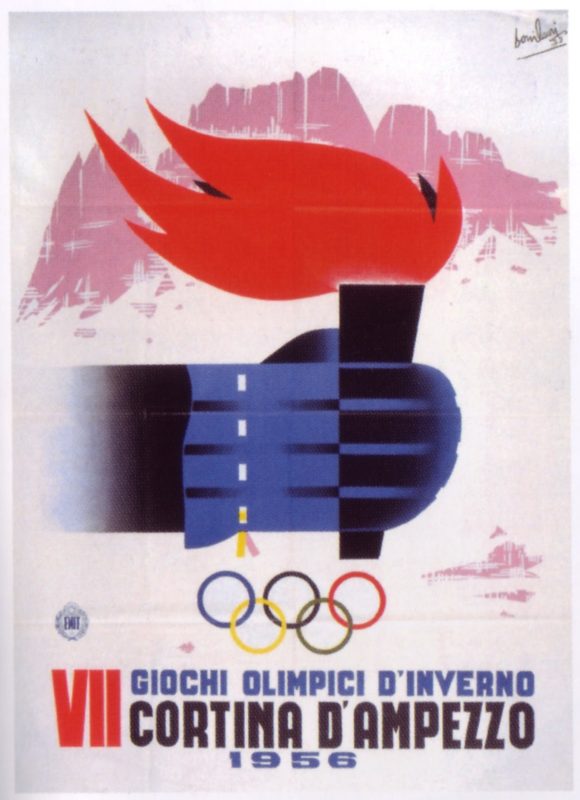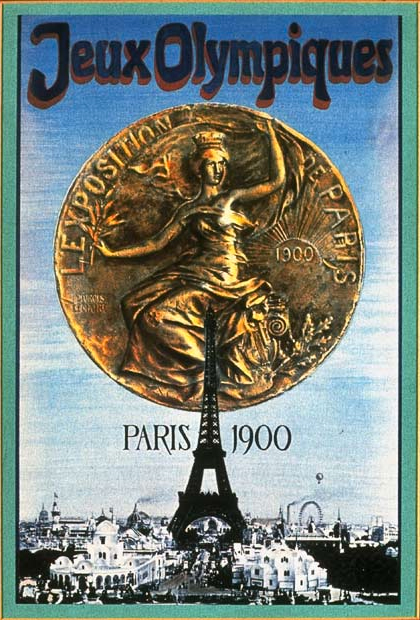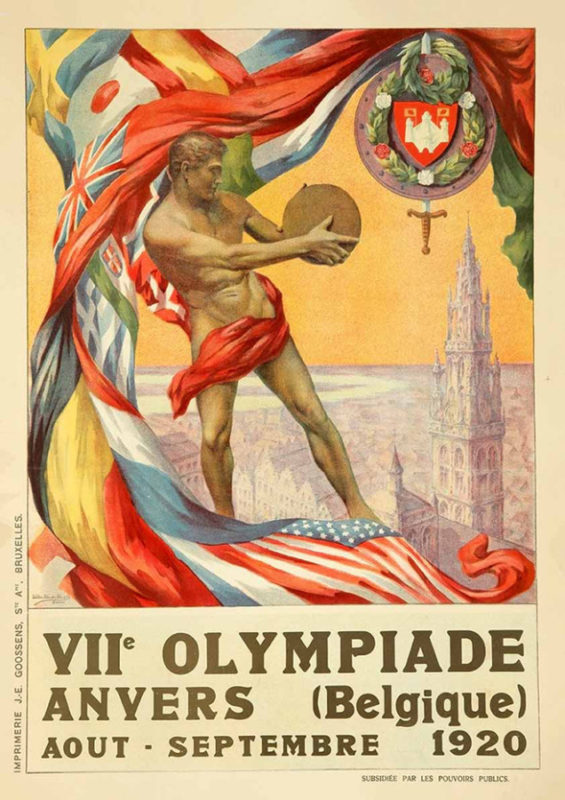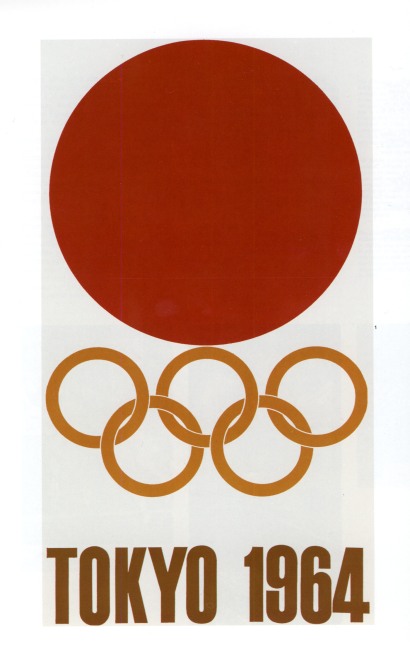No matter what you think of the 1984 Olympics in Lake Placid, New York, or the policies of the American government at the time, there was never a concern of a foreign entity rowing down the St. Lawrence River and occupying the land of Upstate New York. But history has taught us that Olympic Venues are not safe havens insulated from the realities of real world politics. This list is the Top 10 Olympic Venues that would later be Overrun by War.
10. Sochi, Russia

By all accounts, the 2014 Winter Olympics were a success. All Olympics have minor glitches, but with Sochi located within an hour’s drive of the Republic of Georgia, where diplomats of multiple countries recognize Abkhazia as an occupied territory, the worries of security were focused on the host country’s southern border. Fearing a possible terror attack, Russian military forces secured the area, as all host countries do, but as the Olympics wore down, unrest broke out in the nearby Republic of Ukraine. Within 2 weeks of the end of the Olympics, Russian troops were beckoned to Crimea
Ironically the games ended up being a cover for a massive troop buildup in the area under the guise of safety, which went unnoticed by all except for Sarah Palin (?!?).
9. Cortina d’Ampezzo, Italy

Cortina d’Ampezzo is a picturesque town located on Italy’s northern border. Nestled in the Dolomitic Alps, the city was slated to host the 1944 Winter Olympics. At the start of World War II, the city hosted multiple skiing events in anticipation of the Olympics, but by 1944 things weren’t going so good for the Italians in the War. Most of the battles in Italy had long been fought by the time the Allies basically ran through the town on their way to Germany in 1945. After the war, Corina d’Ampezzo was re-awarded the 1956 Olympics and 32 nations participated with the only problems being minor Cold War politicking.
The open air war museum in Cortina d’Ampezzo today is a remembrance of the atrocities of World War I as the city remains a popular ski destination for jet setters today.
8. Paris, France

In the year 1900, Paris hosted the second modern Olympics. They were so adept at welcoming nearly a thousand athletes from 24 nations, they were re-awarded the games in 1924. A truly celebratory tone emanated from the 1924 Olympics, fresh from the blight of World War I. 44 nations with over 3,000 athletes participated in the celebration. Within 20 years, Paris would be overrun by the Germans, being occupied from 1940 to its liberation in 1944. Paris narrowly missed hosting the 2012 games, losing to London by only 4 votes, or about $50 million in bribes to IOC officials.
(Sorry, I had to take that cheap shot at the IOC. The real reason the Olympics went to London in 2012 was when the voting took place for the 2012 games, the year of the ballot was actually 2005, and Paris was embroiled in some nasty city rioting when the IOC officials toured the city.)
http://www.shmoop.com/wwii/photo-hitler-paris.html
7. Antwerp, Belgium

The 1920 Summer Olympics were the first to be held after World War I. The wounds of war, though, were still fresh as a half dozen countries were banned from the Olympics, including Germany, which had occupied Antwerp from 1914 to 1919. Possibly remembering this history lesson from his youth, Adolf Hitler made Antwerp one of his early targets in World War II. Under German control for nearly 5 more years in the 1940’s, the strategic port was bombed mercilessly shortly after its liberation, causing extensive damage to multiple government locations, allied strongholds, and the general populace of the city. With over a thousand missile strikes in 1944-1945 alone, the area was dubbed with the dubious moniker of “the City of Sudden Death.”
Historical Antwerp remains active in the sports community today, being named the European Capital of Sport in 2013.
6. Sapporo, Japan

Japan’s first Olympic Games were slated to be the 1940 Winter Games, but 2 years earlier they withdrew their bid due to the 2nd Sino Japanese War. Japan’s War with China was preluded with minor dust ups, but by 1940, Japan had stormed through, and was occupying thousands of square miles of the China mainland. Sapporo itself would be on the receiving end of nearly 1,000 tons of cluster bombs dropped on the city in 2 days alone at the end of World War II (July 14-15 1945). Sapporo was slowly rebuilt, considering the devastation of other Japanese cities, and was re-awarded the first winter games to officially take place in Asia in 1972.
Still currently a versatile host city, Sapporo even hosted events during the 2002 FIFA World Cup for soccer.
5. Garmisch-Partenkirchen, Germany

A host of the 1936 Winter Olympics, Garmisch-Partenkirchen is only 3 hours away from the former Italian host Cortina d’Ampezzo. In preparation of the ’36 Olympics, Adolf Hitler forced the towns Garmisch and Partenkirchen into a merger. With a population of just only 25,000 people combined, the towns are basically another resort region in the Alps whose populations spike during ski season. Also, like the city of Cortina d’Ampezzo, the Allies moved quickly through the area. As the war ended, though, Garmisch-Partenkirchen remained under American control for another decade until West Germany was rearmed.
Munich, host of the 1972 Summer Games and marred by a terrorist attack of its own, submitted a bid as co-host with Garmisch-Partenkirchen for the 2018 Winter Olympics which eventually went to Pyeongchang, South Korea. The favored team of Munich-Garmisch-Partenkirchen will not reassemble their proposal for the 2022 Olympics due to opposition from the German populace.
4. Tokyo, Japan

1940 was to be the year of Japan. Winter Olympics in Sapporo, Summer Olympics in Tokyo. Instead Japan was building a nearly 3,000,000 square mile empire, the largest maritime empire in the history of the world. But the Allies were successful in beating back the Japanese and by the end of 1945, half of Tokyo was destroyed by Allied bombs. Not only was Tokyo destroyed, but the initial casualty count in the city during the 1945 bombings was higher than the initial casualty counts in either Hiroshima or Nagasaki (before radiation poisoning upped the death tolls in Hiroshima and Nagasaki in later months). The occupation of Japan lasted until 1953 and Tokyo was re-awarded the 1964 Summer Olympics, the first modern games to be held in Asia. The carrier of the Olympic torch that lit the Olympic flame was born on the same day as the atomic bomb that was dropped on Hiroshima. Yoshinori Sakai was a living symbol of Japan’s calls for World Peace. The politics of modern Japan are radically different than at the fall of the Japanese Empire and Japan continues to evolve, as they have already been awarded the 2020 Summer Games.
3. Berlin, Germany

Berlin was slated to host the 7th Olympic Games in 1916. Due to the outbreak of World War I, there were no games in 1916 as the Germans were busy with the war effort. After the War, the citizens of Berlin weren’t shell shocked, but were roiled in political turmoil. In 1933, Germany was on the comeback trail and was awarded the 1936 Summer Games. By the time the games arrived, Hitler was in power and showcased the event to promote his policies of superiority. Within 10 years, Berlin went from one of the pearls of Europe to having over 100,000 tons of bombs being dropped on it in the last years of World War II. The Battle of Berlin effectively ended World War II in the European Theatre, and the city itself was first dissected into 4 sections, then later 2, East Berlin and West Berlin. Berlin has not hosted an Olympic games since the controversial ’36 debacle.
2. London, England

In 1944, London was scheduled to host the Summer Olympics. Due to World War II, the games were postponed. In 1940, with the French effectively defeated, Hitler turned his eyes toward Great Britain. London was bombed mercilessly for nearly 4 months, damaging nearly 1,000,000 structures in the Greater London area. Even after the war ended, London was re-awarded the 1948 games, but the city had to be nearly rebuilt, with many venues not built from scratch, but merely patched up due to the short time window. Also due to budget and time constraints, the games were dubbed the “Austerity Games.” The spirit of the British people was able to shine through the bombings, as the 1948 games went on to have the highest attendance of all Olympics (at the time). London later hosted an impressive Olympics in 2012 with a price tag of around £9 billion.
1. Sarajevo, Bosnia-Herzegovina

Perhaps the most diabolical of all city destructions occurred in the former Yugoslavian city of Sarajevo. After staging a spectacular 1984 Winter Olympics, Sarajevo basked in the glow of accomplishment for producing an event on par with its European counterparts. Behind the curtain of the communist nation, though, was a growing friction along ethnic and provincial lines. By the end of the 80’s, the country began to unravel at the seams. Slovenia and Croatia declared their independence in 1991, starting two wars of independence almost simultaneously, followed by the Bosnian War in 1992 and the Kosovo War in 1998. Focusing on the Bosnian War, Sarajevo was named the capital of the breakaway Republic of Bosnia and Herzegovina and was quickly besieged by the Serb army. The Siege of Sarajevo was the longest siege of a capital city in the history of modern warfare lasting from 1992 to 1996. During the 4 year span, most Olympic venues sustained some sort of bombing damage as the Olympic Hall, site of the closing ceremonies, was heavily damaged and for a short time was pressed into service as an emergency morgue. Sarajevo slowly recovers today, as its population is still a 100,000 people short of its peak population around 1991.
Other Articles you Might Like